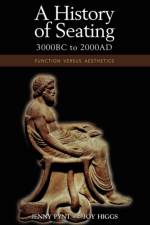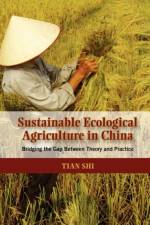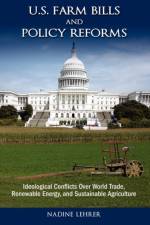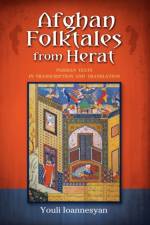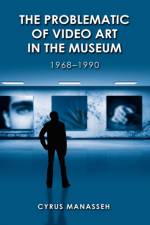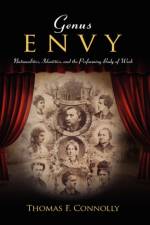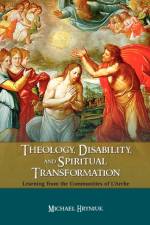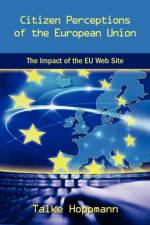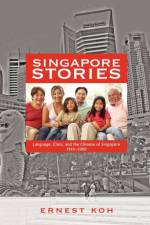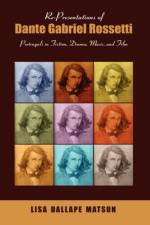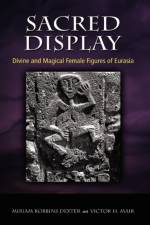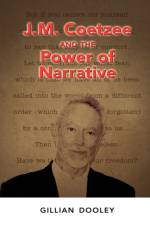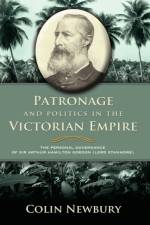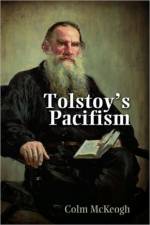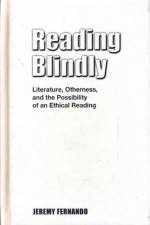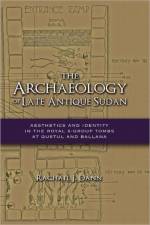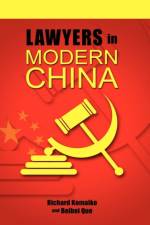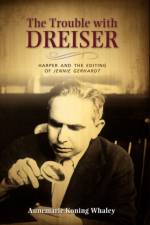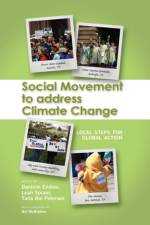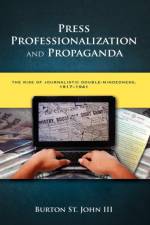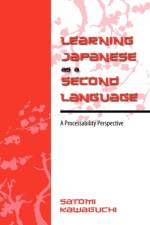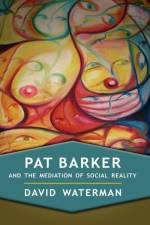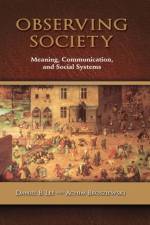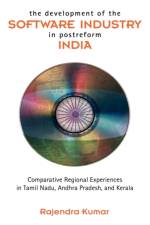von David Waterman
120,00 €
Pat Barker is one of the most compelling of the current generation of British novelists, especially in her use of the novel as an instrument of social critique, fashioning a literature which does not shy away from asking thorny questions, refusing the doctrinaire of what goes without saying, suspicious of simple answers. To date she has published eleven novels, some of which have been adapted for stage and screen. Barker s Regeneration trilogy was highly acclaimed, the second volume The Eye in the Door (1993), won the Guardian Fiction Prize, and the third, The Ghost Road (1995), was awarded the Booker Prize. Other accolades include the Fawcett Society Book Prize for Union Street (1982), the 1996 Booksellers Association Author of the Year Award, and in 2000, Barker was named Commander of the British Empire. While Barker has been variously categorized as a regional, realist, feminist or war writer, her concern with the complexity of human reality sets her apart from many of her contemporaries, resisting as she does the temptation to romanticize working-class life or wartime experience. Barker s prostitutes are also wives, mothers, and friends, while her soldiers are often afraid, even hysterical, sometimes homosexual; formulaic, black-and-white categories disintegrate in Barker s hands. While Barker s work has been approached through several critical lenses, feminist and psychoanalytic among them, this study proposes examining Barker s novels from the angle of the social representations theory (especially as elucidated by Serge Moscovici), since social representations are the condition of the ongoing discourse which defines and maintains human reality as members of a group. Through time, social representations become reified, and their normative, prescriptive role develops into the natural order of things. Conversely, social representations can be deployed to challenge dominant ideologies, to expose the irrational fa ade of human reality, to seek something resembling truth. It is this dilemma of social representations, how they are used and abused and to what purpose, that Barker explores so deeply. This theoretical approach seems especially adapted to Barker s work, given her obvious concern with the articulation between the mediated foundation of contemporary human society, and our collective difficulty in representing genuine human experiences which elude easy representation. In this critical study, David Waterman examines questions of social representation in all of Pat Barker s novels, published over the last twenty-five years, from Union Street (1982) to the recent Life Class (2007), especially the ways in which Barker encourages us to interrogate the reality created by such conventionalizing, prescriptive representations in favor of a reality more accurately represented through a critical assessment of the uses and abuses of collective representations. Barker s principal characters are out of step with the natural order of things; they question cultural constructions like masculinity, heroism, the unquestionable right of institutions, and they worry about their role as members of the larger community. Such questions are often, fundamentally, questions of representation, whether we examine how existing representations serve to maintain the status quo, or whether we are interested in how to represent the horrors of war or the atrocities of civil life, how to give voice to trauma in an effort to approach something resembling truth in other words, how best to represent the kinds of human experiences which resist representation. Pat Barker and the Mediation of Social Reality is an important book for scholars interested in contemporary British fiction, women s writing, and social-psychological approaches to literature.

